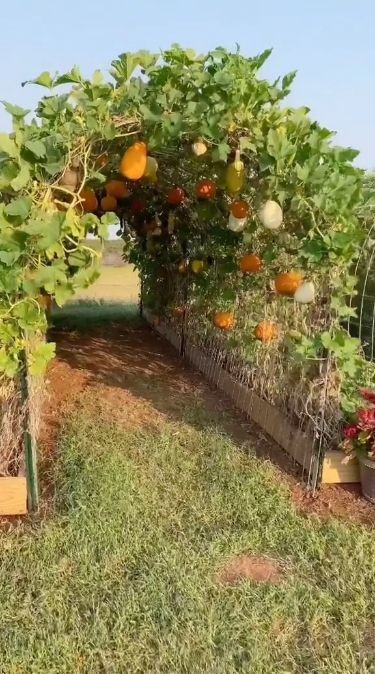Vertical Garden Ideas: Bringing Greenery to New Heights
In the hustle and bustle of urban living, finding space for greenery can be a challenge. However, with the ingenious concept of vertical gardens, anyone can bring lush foliage and vibrant blooms into even the smallest of spaces. Whether you're looking to transform a balcony, courtyard, or even an interior wall, vertical gardens offer a versatile and visually appealing solution.
Why Vertical Gardens?
Vertical gardens, also known as living walls or green walls, are not just about aesthetics. They bring a multitude of benefits to both urban environments and indoor spaces:
Space Efficiency: Ideal for areas with limited horizontal space, vertical gardens utilize vertical space optimally, making them perfect for urban dwellings and small apartments.
Improved Air Quality: Plants naturally filter pollutants and release oxygen, contributing to cleaner and fresher air indoors and out.
Noise Reduction: They can help dampen noise pollution, acting as natural sound barriers in busy environments.
Aesthetic Appeal: From a design perspective, vertical gardens add texture, color, and life to otherwise bland walls or unused spaces.
Therapeutic Benefits: Gardening, even in vertical form, has been shown to reduce stress and improve overall well-being.
Types of Vertical Gardens
Vertical gardens can be implemented in various ways, depending on space, budget, and personal style. Here are some popular techniques:
Living Wall Systems: These are pre-fabricated panels or modular systems that can be installed indoors or outdoors. They often include built-in irrigation systems to maintain plant health.
Pockets or Planters: Utilizing fabric pockets or small planters attached to a frame or wall, this DIY-friendly method allows for creativity in plant selection and arrangement.
Vertical Hydroponic Systems: Ideal for indoor spaces, these systems use water-based solutions to grow plants vertically, without the need for soil, making maintenance cleaner and more manageable.
Hanging Gardens: Utilize hanging pots or baskets to create a cascading effect of plants, adding depth and visual interest to any vertical surface.
Choosing Plants for Vertical Gardens
The key to a successful vertical garden lies in choosing the right plants. Consider factors such as light availability, local climate, and maintenance requirements. Here are some plant options that thrive in vertical settings:
Low-light Plants: Snake plants, pothos, and ferns are excellent choices for shady areas or indoor vertical gardens.
Herbs and Edibles: Basil, mint, strawberries, and lettuce can all be grown vertically, providing both beauty and functionality.
Succulents and Air Plants: These require minimal watering and can thrive in vertical arrangements, adding unique textures and forms.
Flowering Plants: Vertical gardens can showcase vibrant blooms like petunias, begonias, and trailing geraniums, adding bursts of color to any space.
Tips for Maintenance
Maintaining a vertical garden is essential to ensure its longevity and health:
Watering: Depending on the system used, ensure plants receive adequate water without becoming waterlogged.
Pruning and Trimming: Regularly trim back overgrowth to maintain a tidy appearance and encourage healthy growth.
Fertilization: Periodically feed plants with a balanced fertilizer to replenish nutrients.
Monitoring Light: Ensure that light conditions are suitable for the plants chosen, adjusting placement as needed.
Conclusion
Whether you're a seasoned gardener or just beginning to explore the world of plants, vertical gardens offer a creative and practical way to incorporate greenery into any environment. From enhancing air quality to providing a calming oasis in urban settings, these gardens are more than just a trend—they're a sustainable and beautiful addition to modern living spaces. Embrace the vertical garden trend and watch as your walls come alive with the beauty of nature.






